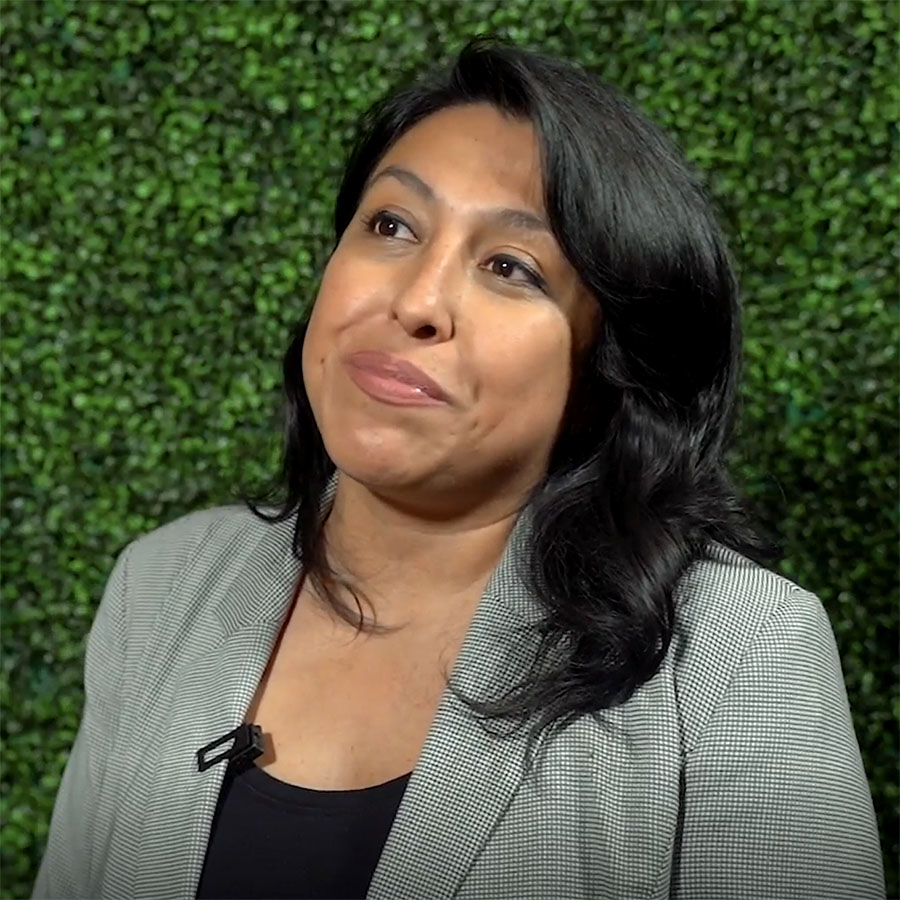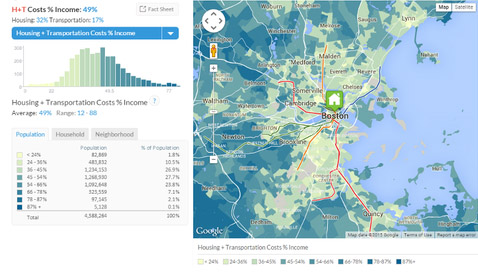
New Mayor, New Mobility
The transportation sector is changing rapidly: growth in rideshare services (e.g. Uber, Lyft, and bikeshare), vehicle electrification, and introduction of autonomous vehicles will together lead to a complete re-imagining of our transportation system. New mobility options create new opportunities, but also the potential to widen disparities by income and race – unless we explicitly plan for equity. For that reason, the Center for Neighborhood Technology (CNT) participated on Chicago’s New... Read the rest of this entry »
Buffalo, NY: A Rust Belt City’s new approach to tackling lead in drinking water
Buffalo’s aging infrastructure poses a lead problem. But a one-stop-shop model could unite previously siloed agencies toward a solution. Like many old industrial cities in the Great Lakes region, Buffalo, New York—located on the shores of Lake Erie—has a lead poisoning problem. Children in Erie County, many living within the City of Buffalo’s limits, test positive for lead poisoning at rates much higher than New York State average. Given Buffalo’s old housing stock—the city has... Read the rest of this entry »
Chicago’s Latest Ordinance Expands eTOD
On January 23, 2019, the Chicago City Council passed an amendment to the Municipal Code governing transit-oriented developments (TODs). This amendment modifies transit-served locations to include projects in vicinity of more than 20 CTA-designated high-ridership and high-frequency bus routes along eight1 major corridors and corridor segments. With this amendment, the City administration will also have to create and publish an Equitable TOD (ETOD) Implementation Policy Plan over the next year... Read the rest of this entry »
We Met, We Shared, and Together We Innovate!
On Tuesday, December 4, CNT opened our offices to partners and friends both old and new. We rearranged our space to display our current work – see diagram below – and spent three nonstop hours describing it. Around 150 people came through (we weren’t keeping close count), talked to our staff and board about our priorities and projects, and connected with other friends. Most commonly overhead conversation snippets at the open house: I really like that AllTransit tool. (Thanks,... Read the rest of this entry »
Powerful New Opportunity Zone Scoring Uses CNT’s True Affordability Tool
This just in—a new tool addressing the promise and challenges in using Opportunity Zones (OZs) to drive development in underserved urban areas. The National Opportunity Zones Ranking Report was produced by LOCUS in conjunction with Smart Growth America and SPARCC – a national network rooted in Atlanta, the SF-Oakland Bay Area, Chicago, Denver, Los Angeles, and Memphis to accelerate equitable development without displacement, climate resilience and public health achievement.... Read the rest of this entry »
Climate Change is Changing Everything
Climate change has been in the news: The U.S. National Climate Assessment found that every region of the country is affected by climate change already and those impacts are likely to grow—threatening health and property and costing our economy as much as hundreds of billions of dollars. The United Nations Climate Change Conference in Poland met to develop the rulebook countries will use to reduce emissions in the coming years. The Intergovernmental Panel on Climate Change (IPCC) report on... Read the rest of this entry »
Preserving Affordability of Water Services in Great Lakes Cities
In 1960, Gary, IN was a town of 178,000 residents with a strong economy and a water and sewer system to match. Today, Gary’s 78,000 residents are struggling with aging, oversized systems while facing a 36% poverty rate and a median income of $29,000. Gary’s Sanitary District has worked to keep bills down to preserve the affordability of wastewater services, but this has meant delaying necessary investments and reactively managing infrastructure failures that compromise water quality, cause... Read the rest of this entry »
Red Line Extension would bring major economic benefits to Far South Side
By Julia Gerasimenko, Active Transportation Alliance People who scoff at the significant cost of the Red Line Extension ($2+ billion) shouldn’t overlook the significant social and economic benefits it would deliver to several of the most isolated and disinvested communities in the city. New analysis using the Center for Neighborhood Technology’s AllTransitTM tool puts numbers behind these benefits. Funded by TransitCenter, the tool allows users to enter an address and discover the... Read the rest of this entry »
CNT Young Innovators Host 4th Annual Summer Fundraiser
By Rosie Powers, CNT Young Innovators Attendees of this year’s CNT Young Innovators’ Summer Fundraiser were greeted by a day full of sunshine, locally-sourced fare, and an engaging discussion about sustainable food systems. This year’s event was held at Homestead on the Roof in Chicago’s West Town neighborhood. The restaurant’s rooftop garden was a perfect setting for a discussion about sustainable food systems in the Chicago region. CNT’s new CEO Bob Dean introduced the event,... Read the rest of this entry »
An Innovative Summer Event with the Young Innovators
As an innovation-focused organization, the Center for Neighborhood Technology needs to constantly generate and explore new ideas and relationships. I was happy to discover early in my time here (I’m now three weeks in) that CNT hosts an excellent network of young professionals who help accomplish this mission. CNT’s Young Innovators group is a community of young professionals working to actively engage with new ideas about urban sustainability and resilience. The Young Innovators host events... Read the rest of this entry »





 Strengthening Transit Through Community Partnerships
Strengthening Transit Through Community Partnerships








